Time Travelling in Rodanthe – Discovering Hatteras Island’s Own Outdoor Drama
The Lost Colony in Manteo may get a lot of attention when it comes to live educational entertainment on the Outer Banks, but Hatteras Island has its own historic outdoor drama that has been a weekly event since first launching in the 1990s.
Meet the modern surfmen of the Chicamacomico Life-Saving Station Historic Site.
By day, they may be an EMS paramedic, volunteer firefighter, IT specialist, Coast Guard member, or an electrician or construction worker. But for an hour or so on Thursday afternoons, they are transformed into the nine-man life-saving team that performs a typical Breeches Buoy Apparatus Drill on the sandy oceanfront dunes of Rodanthe.
And their job, although a standard routine for the early life-savers that manned the local shores, is certainly not an easy one.
During the heyday of the life-saving stations, the crews at all island stations had a set, weekly routine that was only interrupted when a rescue was required. The routine included mundane tasks like housekeeping and chores, but it also included regular and repetitive training on the steps required to perform a rescue in the ocean waters. Considering that rescues were typically orchestrated in less than ideal conditions, (like hurricanes, nor’easters, or during times of warfare), the drills helped to ensure that tasks like setting up the breeches buoy and firing the line-throwing Lyle Gun were second nature for the surfmen.
And this routine of drills included the U.S. Life-Saving Service’s Beach Apparatus Drill, which is the task that is currently performed to visiting crowds on a weekly basis at Rodanthe’s Chicamacomico Life-Saving Station site.
During this roughly seven-minute procedure, each member of an eight-man team, led by the Drill Keeper (or station commander), has a specific role to successfully launch a breeches buoy – a rescue apparatus that looks like a lifesaver with built-in shorts – out into the ocean in order to pull ashore stranded victims.
Though it takes just minutes to perform from start to finish, the perfectly-executed operation is quite a show.
Decked out in canvas “summer uniforms,” (which are still drastically less comfortable than a modern bathing suit), the team pulls a half-ton wagon across the unforgiving sand to the edge of the oceanfront dune line. From here, a Lyle Gun is fired to set the pulley system that will eventually haul the people in peril to shore, while other members of the team set up the crotch poles and heavy rope lines that will keep the pulley system stable and operational.
It’s a flurry of movement, with ropes flying in every direction, surfmen climbing to the top of a wreck pole hovering over the dunes, and a loud gunfire that startles any onlookers. And the nine volunteers who perform the demonstration every week are truly time travelers, with spectators easily forgetting that they are, in fact, witnessing a reenactment, instead of a regular routine of life-savers from a century ago.
Though the modern demo follows the U.S. Life-Saving Service’s drill steps moment-to-moment, there are a few differences between the original drill and the contemporary outdoor drama unfolding on the grounds of the Chicamacomico Life-Saving site.
For one thing, Drill Keeper Larry Grubbs sets the stage by explaining what each piece of equipment used in the ensuing drill is, and how it functions. This is a necessity, as once the surfmen are in action, it’s hard for spectators to keep up.
For another, the program starts with a detailed introduction to the history of search and rescue by volunteer and 24-year U.S. Coast Guard veteran Carl Smith, who explains how life-saving procedures have evolved over the years.
“If you’re going to examine history, you have to understand where we are now, and how we got here,” he explains.
And then, there’s the interaction with the crowd.
Naturally, a successful rescue requires a person who is actually saved, so the team enlists a young volunteer who gets to ride the breeches buoy all the way from the top of the dune to the landing spot on the sand below. It’s thrilling to watch, and one can only imagine the roller-coaster ride that the volunteer gets to enjoy as he or she cruises through the air. (The volunteer is also given a certificate designating them as an Honorary Surfmen after the reenactment.)
“I wasn’t scared at all – I was just a little nervous,” says recent July volunteer Jackson, who made a successful landing from the top of the wreck pole to the ground.
And after the show, the surfmen stay close to shore, so that folks in the crowd can ask questions, examine the equipment, and assist with tasks like beating the sand out of the heavy rope lines.
It’s an impressive drama from start to finish for sure, and for folks who have never seen a century-old life-saving rescue operation in person, (which is the majority of the population), it’s a unique and introspective look into a slice of local history.
But it all begins and ends with the volunteer crew.
The volunteers who perform the weekly reenactment are locals who love what they do. (You have to love it, considering that you are consciously volunteering to haul a half-ton cart before running through hot sand in a canvas suit on a 90 degree summer day.)
When the Beach Apparatus Drill reenactment began in the late 1990s, it started with volunteers who would carve away a part of their summer for the weekly demonstration, as well as ample practice time before the reenactment went into full swing.
For a number of years, the U.S. Coast Guard took over the reins and orchestrated the demonstration. But because the Coast Guard had actual rescues to perform at any given moment, the reenactment shifted back into the hands of local volunteers several years ago – and a number of the current crew members have been involved since the beginning.
“I did it in 1998, and I came back when the local people took it over again,” says volunteer surfmen Rob Wernock. “There are a lot of us longtime volunteers, and it’s because of our passion for the history.”
And while he admits that chugging through the sand in a white canvas suit can get “a little hot” when there’s a southwest wind, like all the current and past surfmen, it doesn’t stop him from doing his job.
“This is nothing compared to what the guys used to do back in the day,” he says. “There were times when the horses weren’t even dumb enough to go out into the [severe] weather conditions, and they had to move all the equipment themselves… it goes to show how hard it was, and how brave these surfmen were.”
And like all of the crew members, Wernock volunteers his time through the duration of the summer because he loves the history, and the opportunity to share it with others who are new to the story of the Life-Saving Stations.
Larry Grubbs is the Vice President of the Board of Directors for the Chicamacomico Historical Association and the Drill Keeper, and he stands out in the crowd of white-clad surfmen with his official commanding uniform.
Serving as the emcee for the reenactment, he has seen the interest in the weekly demonstration grow throughout the years as word spreads about Hatteras Island’s own live outdoor show.
“It’s getting a little bigger, and word is certainly getting out,” he says.
And for Larry and the other volunteers, it’s the interaction – and not necessarily the presentation itself – that is the truly fulfilling component of their hot summertime work.
“The kids love it and they always have a great time,” he says. “And there’s nothing we love more than when folks approach us [after the demonstration] to talk about it, and ask questions. We really enjoy passing along the history, and that’s exactly why we do it.”
The weekly reenactment for 2018 began in mid-June, after the volunteer team spend six or seven days practicing and practicing, to perfectly execute the intricate process.
And if you haven’t had a chance to catch the Thursday outdoor drama just yet, there’s still plenty of time.
Like the original life-savers that came before, the modern volunteer surfmen will be at it again every week, perfecting the drill as a perfectly orchestrated routine, to the delight of modern spectators and time travelers everywhere.
How to catch the show
The weekly Breeches Buoy Apparatus Drill is held every week on Thursdays at 2 p.m. until September 6 at the Chicamacomico Life-Saving Station and Historic Site in Rodanthe. For more information, visit https://chicamacomico.org/


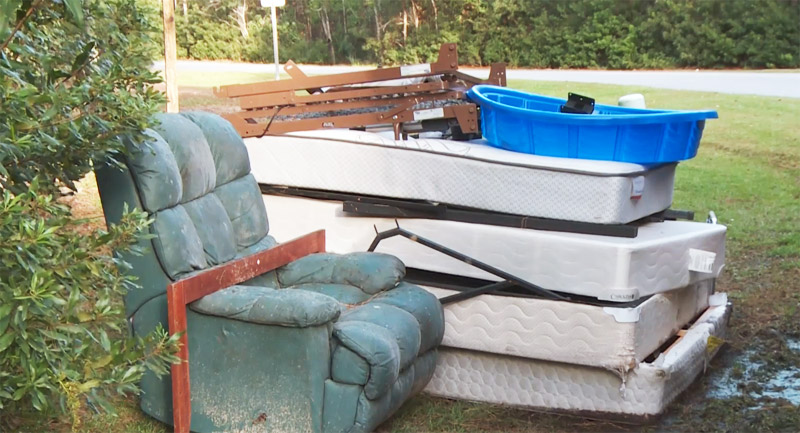
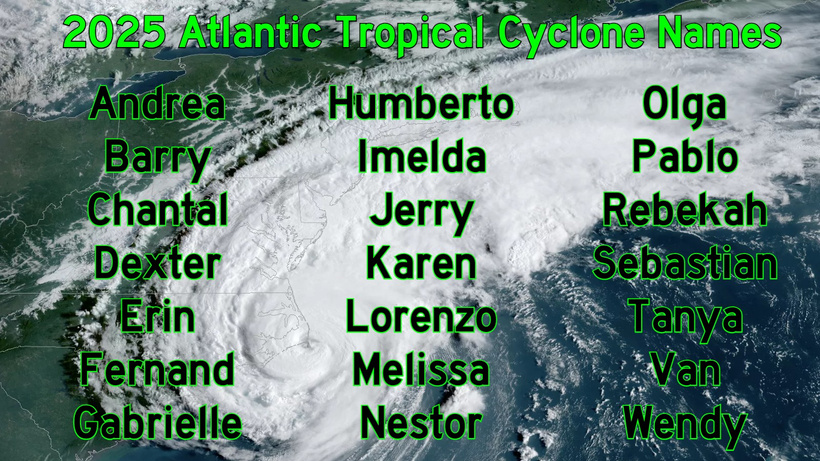
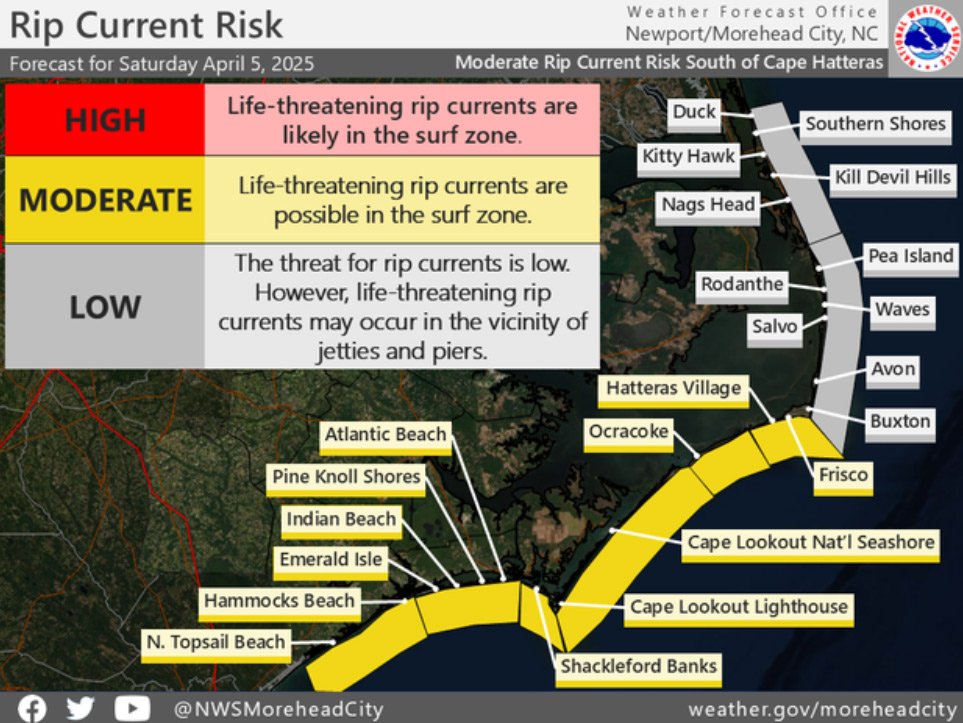

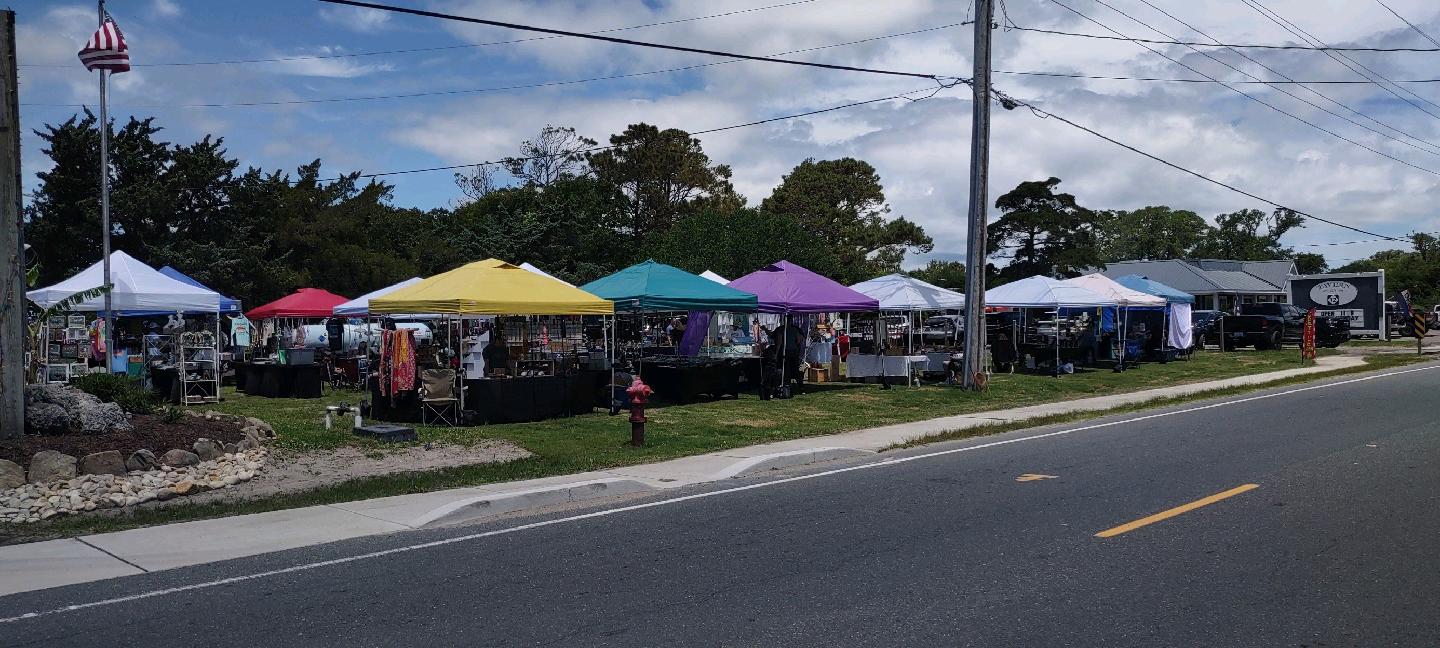
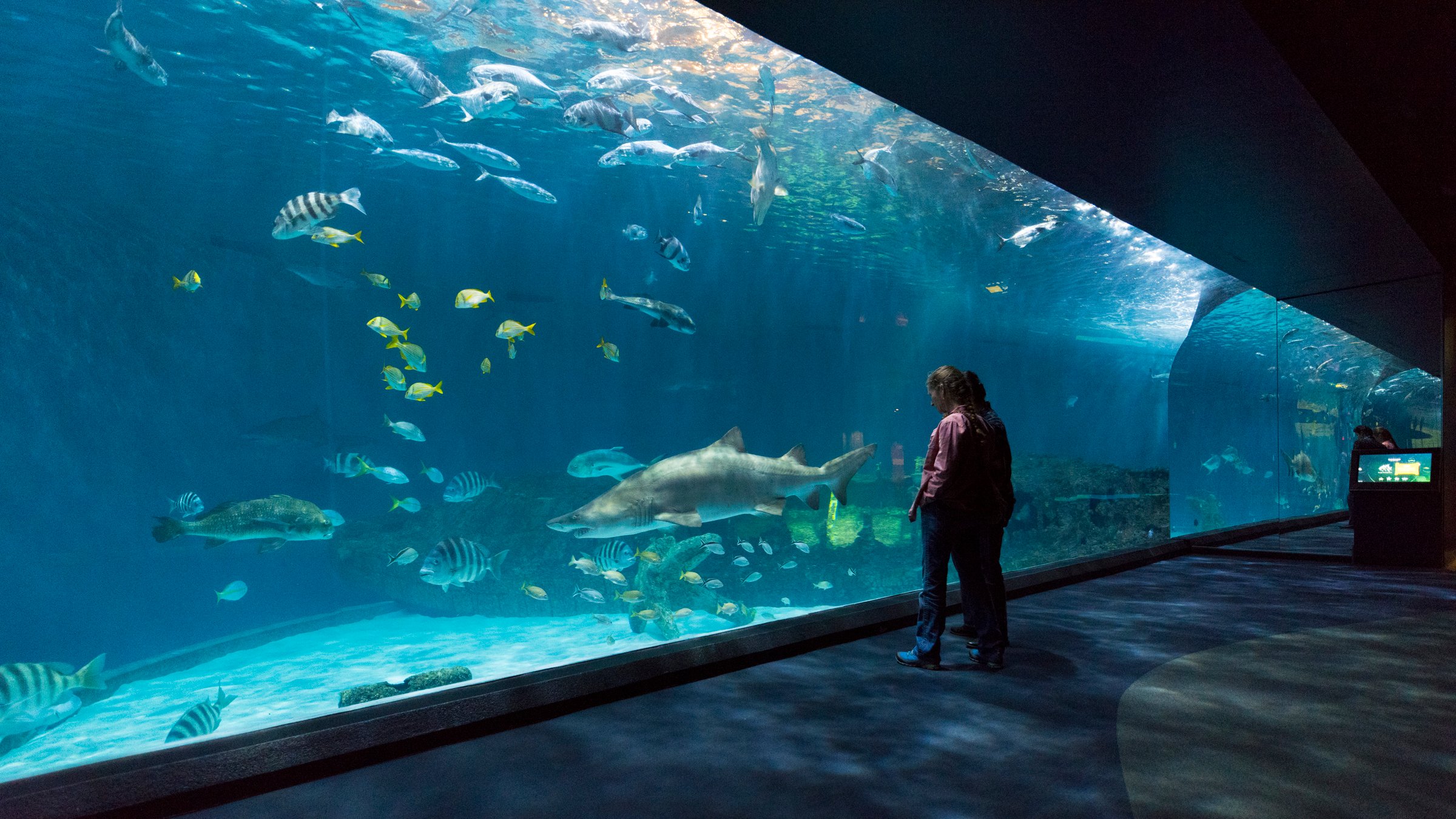
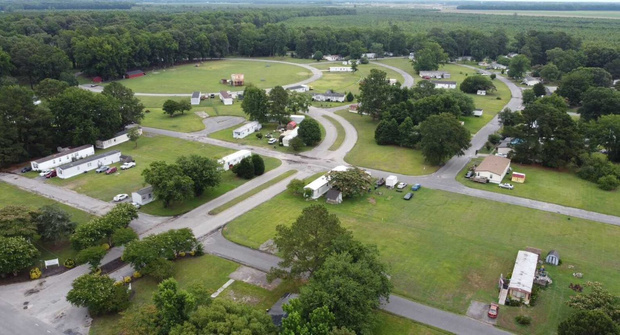
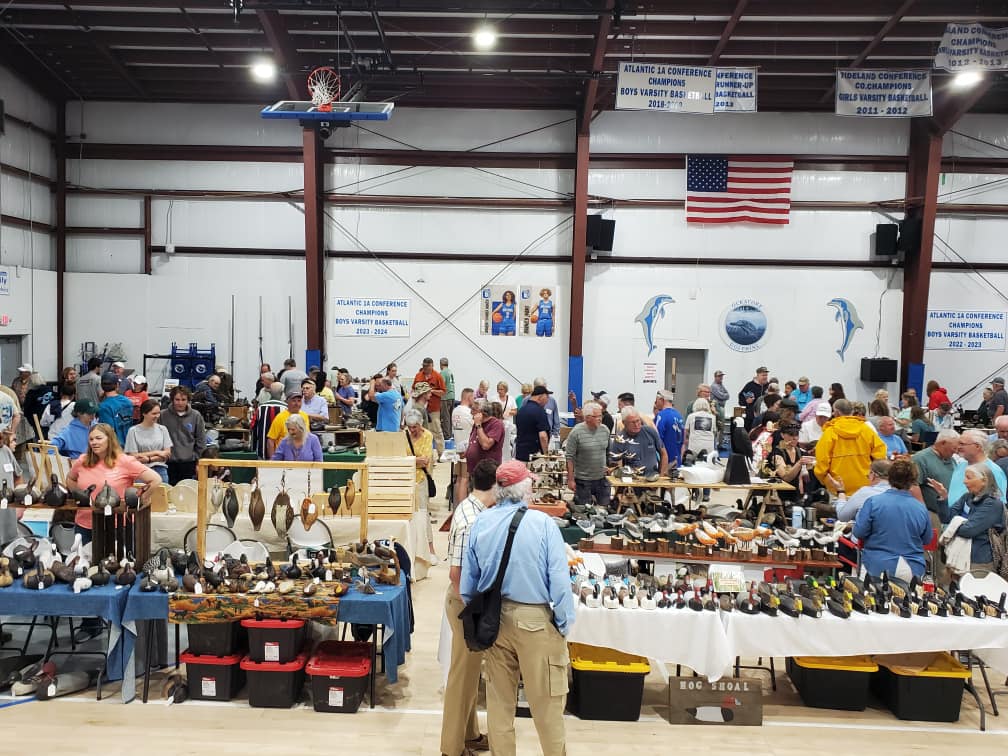


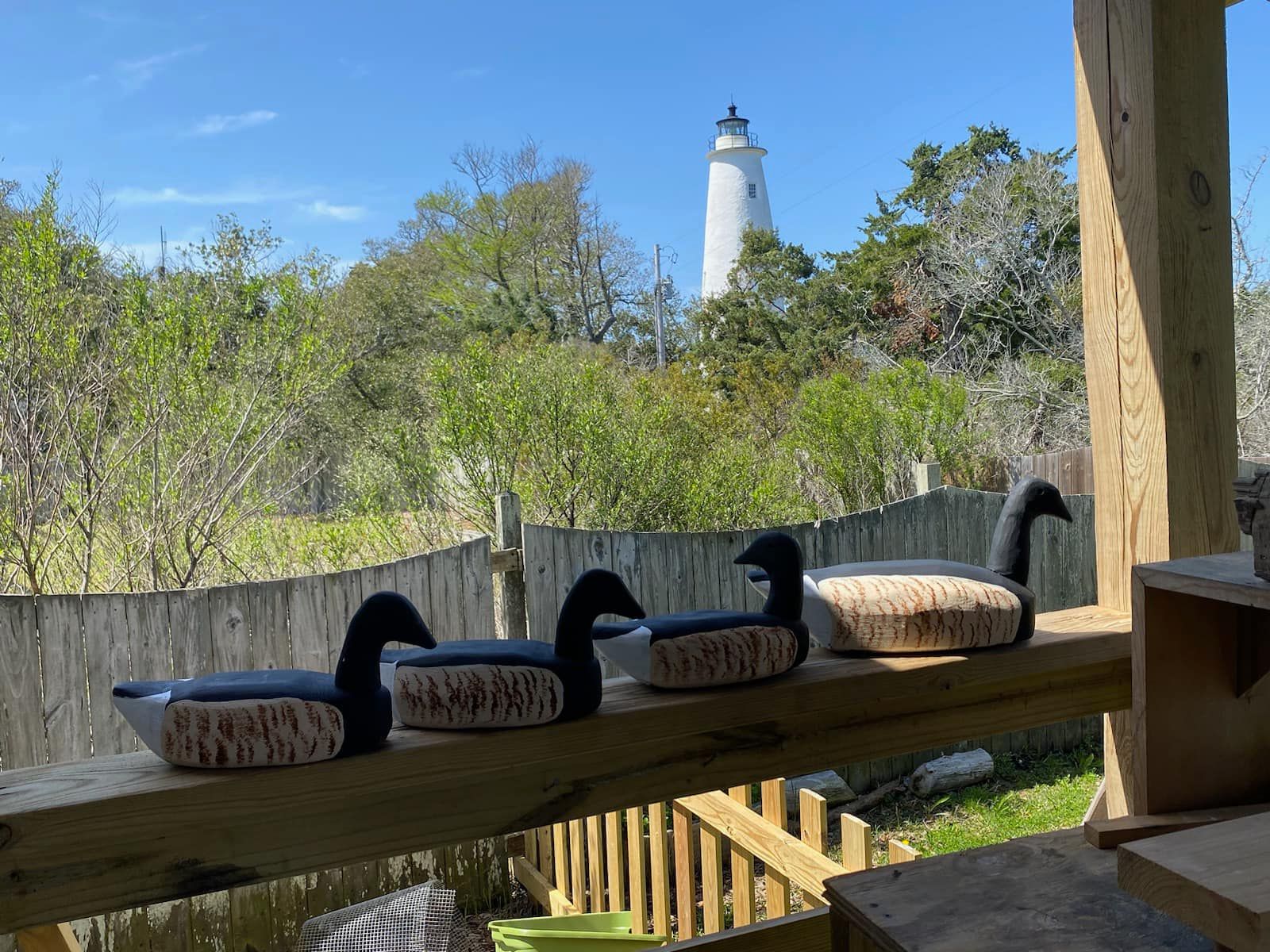
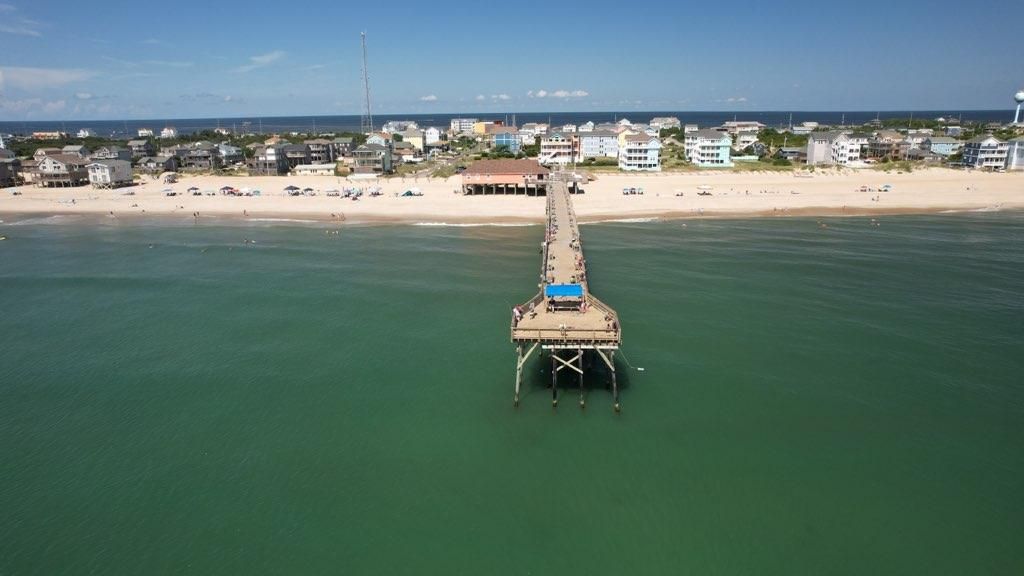
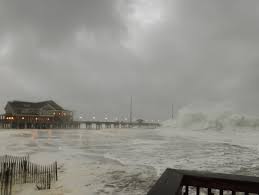
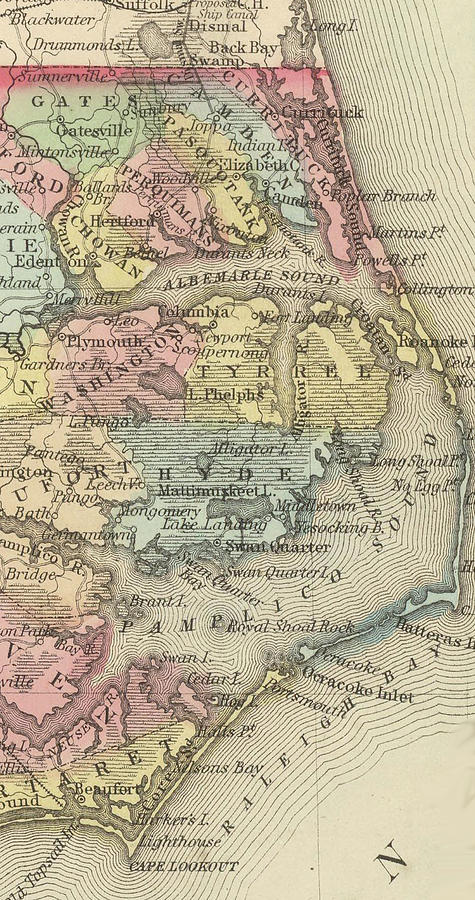

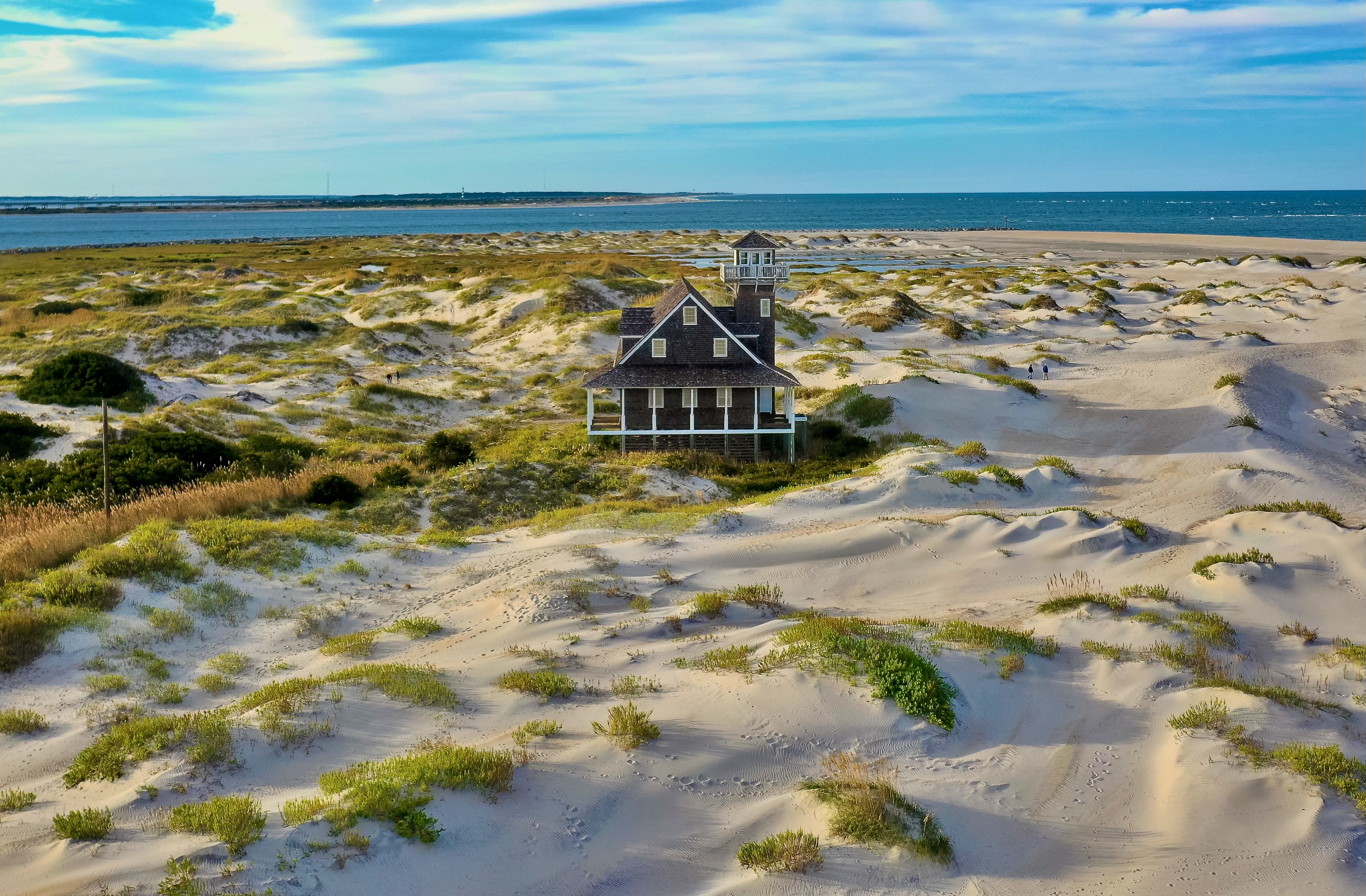
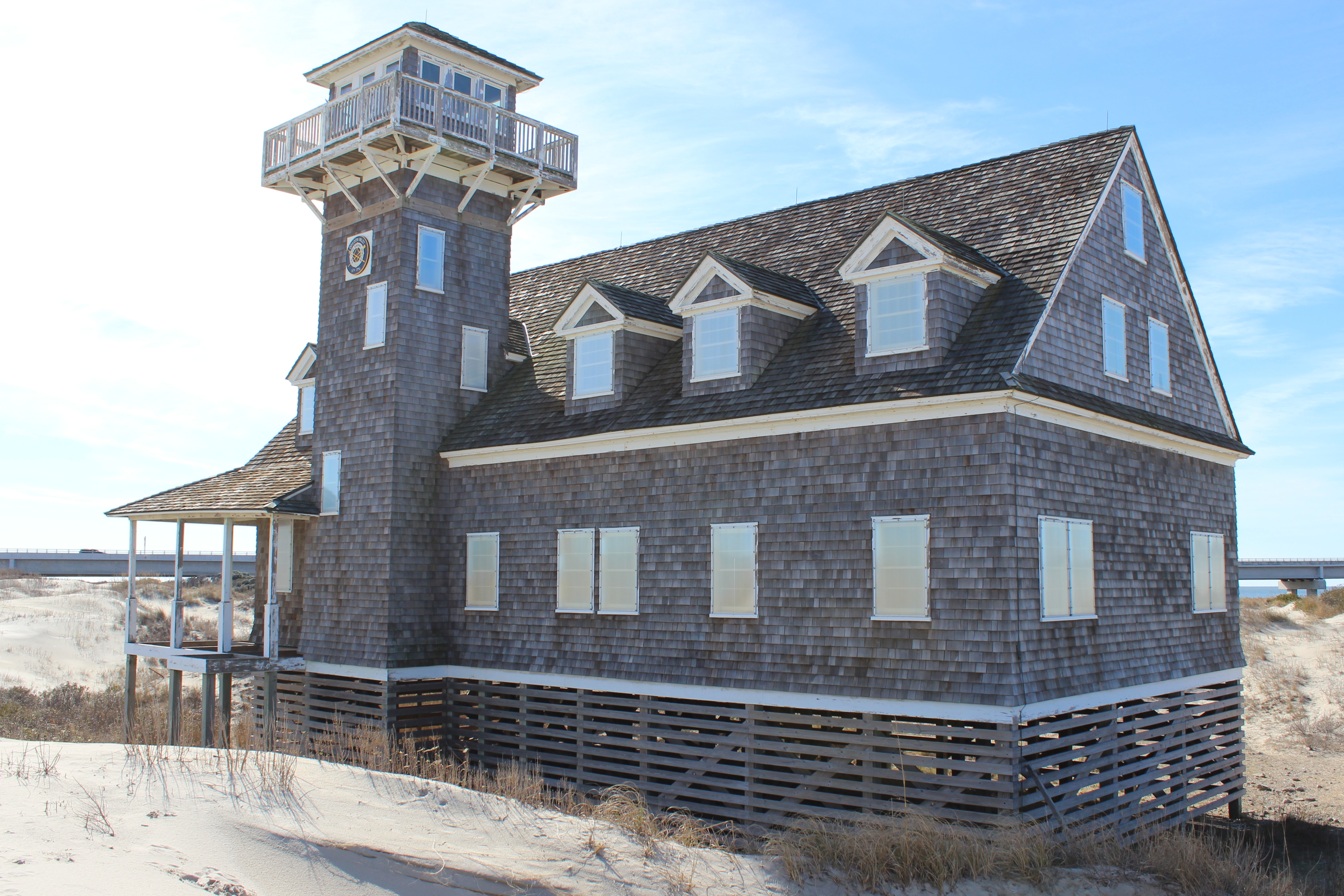
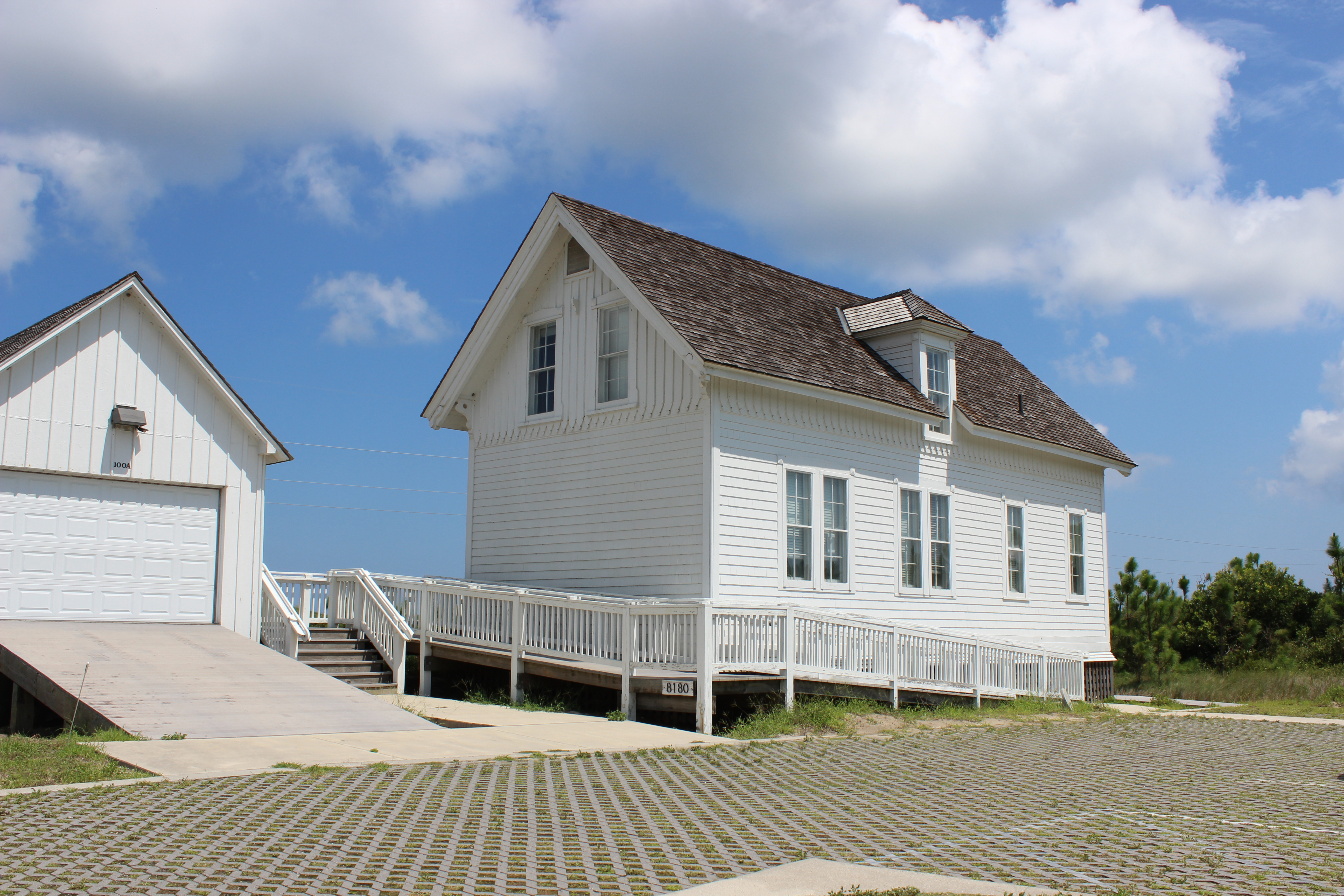

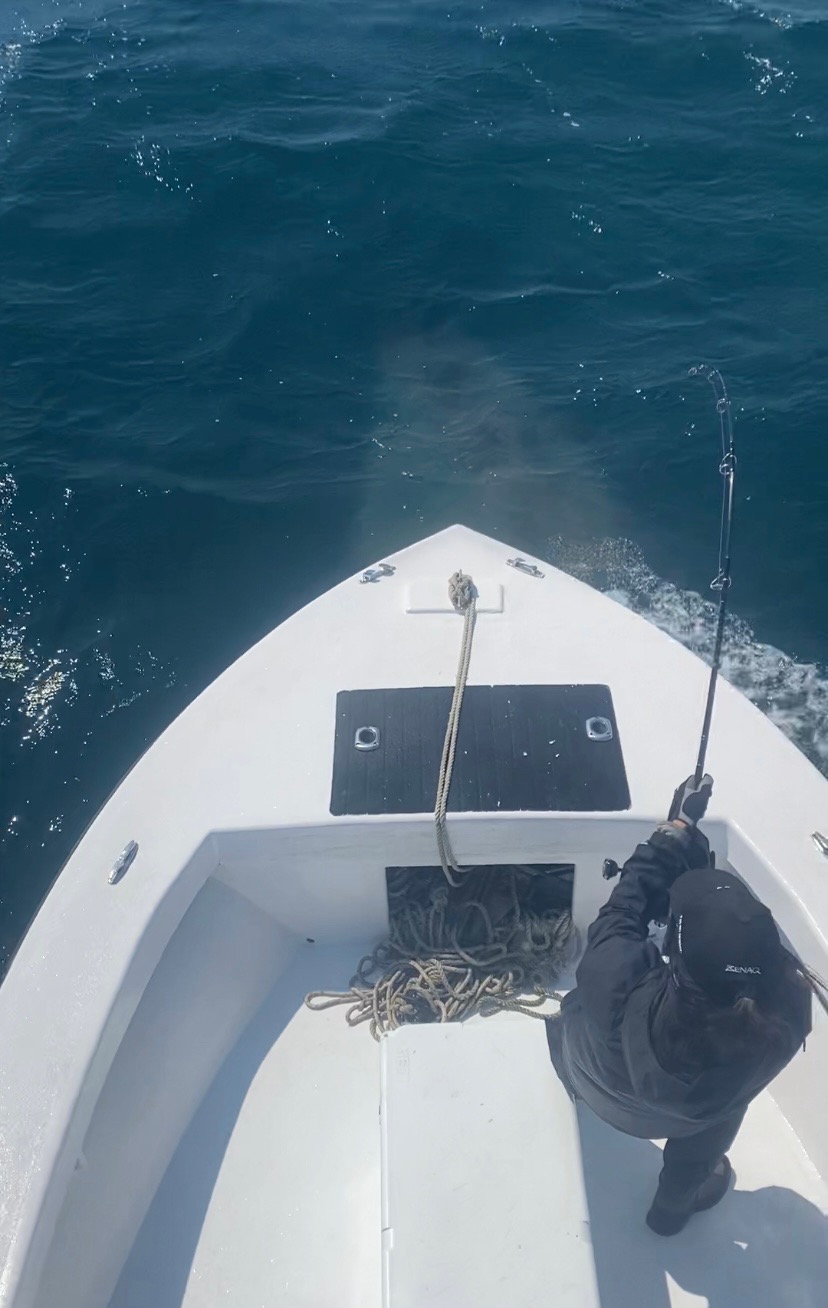






[…] public is welcome to come and attend the Breeches Buoy Reenactment Drill, (which is renowned as Hatteras Island’s own annual outdoor drama), and to stay after the reenactment to witness the donation, and to learn a little more about the […]
[…] public is welcome to come and attend the Breeches Buoy Reenactment Drill on Hatteras Island and to stay after the reenactment to witness the donation, and to learn a little more about the […]